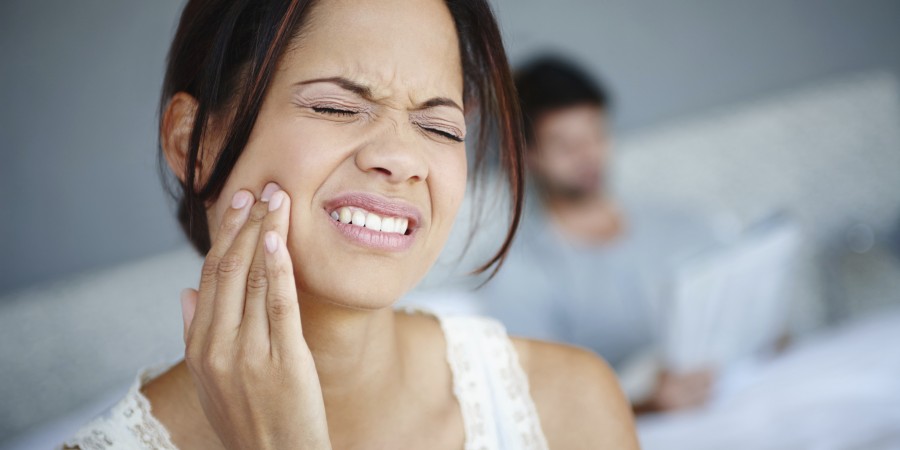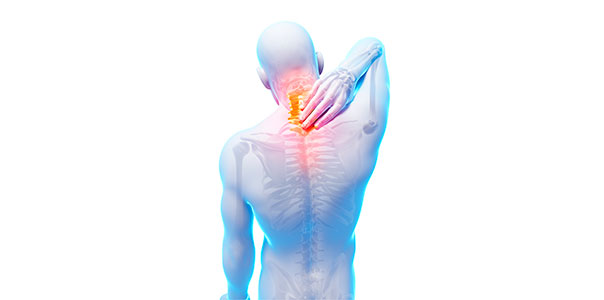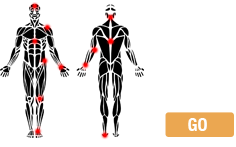Starting an exercise program is a great way to improve your overall health and well-being. However, it’s important to do so in a way that prevents injury. Here are some tips to help you get started on an exercise program while reducing your risk of injury:
Continue reading
Effortless Strategies for Weight Management: Beyond Counting Calories
Embarking on a journey to lose or gain weight often involves navigating the complex world of calorie counting. However, it’s not the only effective strategy. In this blog, we will explore simple and practical approaches to reshape your body without meticulously counting calories. From understanding food density to the psychological impact of plate size, these strategies offer a holistic perspective on weight management.
Continue reading
How Physiotherapy Can Help You Recover After a Sports Injury
If there is one thing that aspiring and professional athletes fear most, it is sports injuries. Depending on their severity, injuries can crush an amateur’s dreams of going pro. But not all injuries are fatal or permanent. The more common variety of injuries allow most people to return to peak performance with the right treatment.
What Is Bursitis
Bursitis is the inflammation or irritation of the bursa. A bursa is a fluid filled sac located between tissues such as bone, muscle, tendons, and skin, that decreases rubbing, friction, and irritation.
Continue reading
Understanding Acupuncture
You’ve more than likely heard of acupuncture, but you might not have a thorough understanding of just what it is. If you’re experiencing pain or discomfort, you might want to try professional medical acupuncture, but you’ll want to check with your medical doctor beforehand to see if they think it’s a good idea.
Continue reading
TMJ Dysfunction (TMD)
What is the Temporomandibular Joint (TMJ)?
The TMJ is your jaw joint is and located directly in front of your inner ear, below your temple, and is a part of the body we use many times during the day when we talk, yawn, eat, drink or chew (see diagram). Usually, you are only aware of this joint when it becomes painful.
Continue reading
What is Pain? C. Chan Gunn, MD
What is pain? Everyone knows what the sensation of pain is, but its definition is not at all simple. Many of us simply treat pain without bothering with its definition, yet we are convinced that we have excellent results. How can this be explained? The fortunate part of treating pain is that the great majority of patients we treat recover relatively quickly.
In fact, over 90% recover (as defined by elimination of pain) within eight weeks, and it does not seem to matter what






